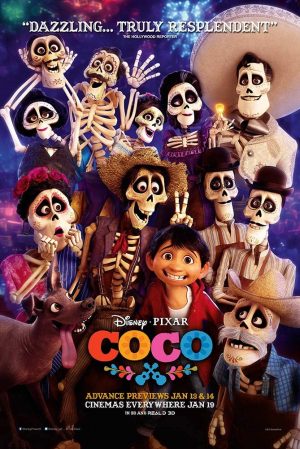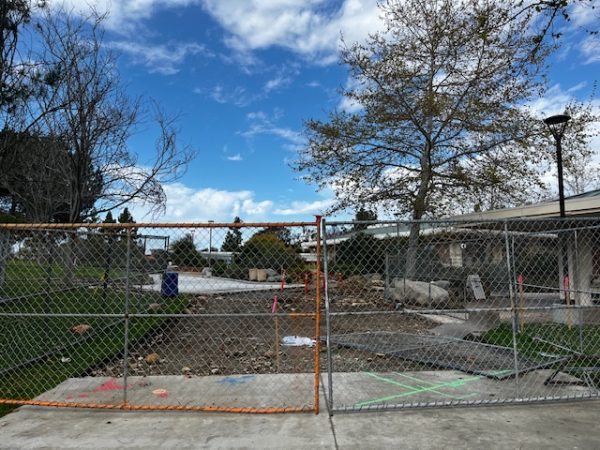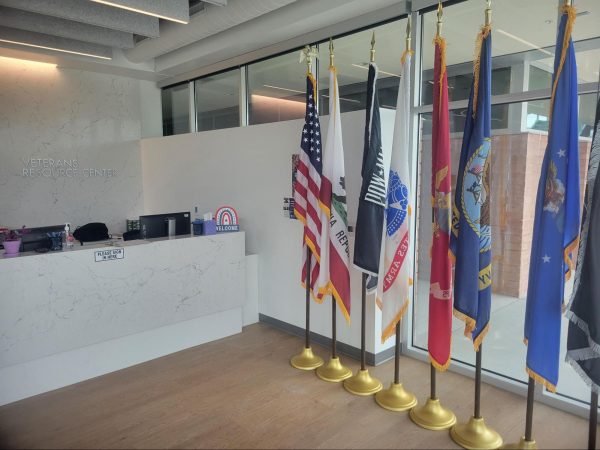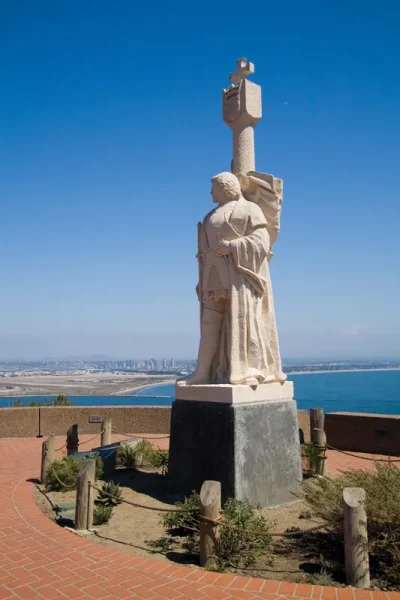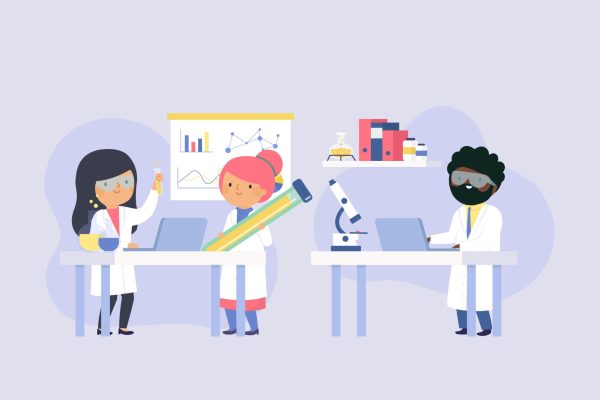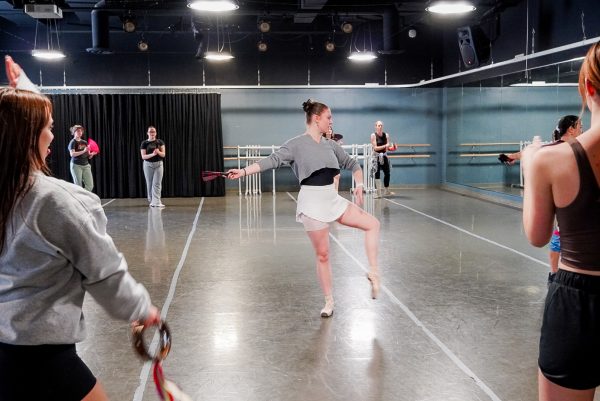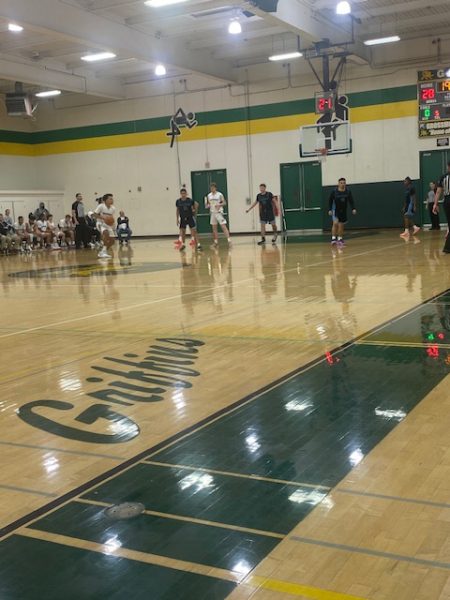Free Textbooks
The internet is helping some textbook costs vanish into thin air.

May 10, 2019
Already struggling to pay the bills, you become infuriated when you glance at the expensive textbook your professor required— as it starts to gather dust in the back of your closet. It’s the flagrant disregard of your precious money, now gone to waste as your professor veers off-topic every lecture, and never even mentions the book they demanded you purchase. This money could have been spent elsewhere— on food, or even gas. This is the reality that many students face due to the rising costs of college.
It’s no surprise the costs of college have risen exponentially in the last decade, and not only at private colleges. The costs of textbooks have even skyrocketed at Grossmont.
“If students are facing the choice between buying a textbook and food, I have a lot of empathy for students who are purchasing food or making sure they have shelter over purchasing textbooks,” said Dave Dillon, counseling professor at Grossmont who decided to help put an end to this crisis.
Rightfully so, being that there is a direct correlation between textbook costs and student’s success. Around the time Dillon pioneered the project for low textbook costs, the state of California decided to join in with passing legislation to grant $6 million in funding for low- or zero-cost textbooks for community college students. And progress is happening, especially here at Grossmont.
Open Educational Resources (OER) are materials that can be edited, redistributed and even placed in multiple textbooks. Zero-Textbook Cost (ZTC) courses are classes available here at Grossmont and other community colleges that rely OER. These classes are designed to eliminate textbook costs for students, or to at least make the cost as minimal as possible. ZTC courses have no textbook cost, and the materials required for the courses are designed to be $40 or less.

Originally, only six faculty members – the Open Educational Resources initiative – were a part of the crusade to make textbooks more affordable. This program impacted more than 1,000 students. Two years later, 46 faculty members are using it, impacting more than 8,000 students.
That ultimately means in the 2018-2019 school year, Grossmont students saved over $1 million in textbook costs.
With the funds granted from the state and even the educational non-profit Michelson 20MM, Grossmont has unveiled two associate degree programs in sociology and geography that are completely free of textbook costs.
However, many professors here at Grossmont and other universities receive supplementary income from books that they write. When ZTC/ OER interns Carlos Espinoza and Edwin Hernandez were asked why Open Educational Resources would cut that source of funding by reverting to zero cost textbooks, Hernandez said: “Teachers can collaborate with their colleagues to create a textbook like Pearson and Norton does. Just because teachers are collaborating does not mean they cannot place stipulations on people duplicating or using their works.”
But part of becoming tenured in some disciplines and at some schools is by regularly publishing articles. However, Espinoza and Hernandez used Dillon, who is their adviser, as an example. Dillon “wrote his textbook on counseling on his sabbatical and pulled from multiple sources from Creative Commons,” Hernandez said. “Creative Commons is essentially a pool of uncopyrighted information that allowed him to sell his book for under $40. Our primary goal is to save students money, not to help teachers find extra money.”
So, when pressed if they thought that publicly funded community college is a step in the right direction, Espinoza said: “Absolutely. However, with state grants come stipulations. Open Educational Resources increases retention rates, so it is a step in the right direction, so Grossmont can have more buildings and other programs.”
Librarian Nadra Farina-Hess said Grossmont is targeting classes where there is “high enrollment, like in math and English courses, where the success rates are low, so we can make the greatest impact.”
Even though the program is relatively new, Farina-Hess said the early data shows that Zero Cost Textbook courses are “comparable to traditional textbook courses.”
Open Educational Resources materials are digitized, however, but many low-income students do not have constant access to a computer or Wi-Fi. Espinoza said, “Students always have the ability to check out Chromebooks in the library.”
Farina-Hess added that Grossmont is considering attaching Wi-Fi hot spots to Chromebooks.
While there is admittedly more work to be done to ease the strains college students face, the movement for free or low-cost textbooks has gained traction across the country. Hopefully, students will become less infuriated when they stop glancing at their closets to find only clothes and shoes there— not old textbooks gathering dust.




